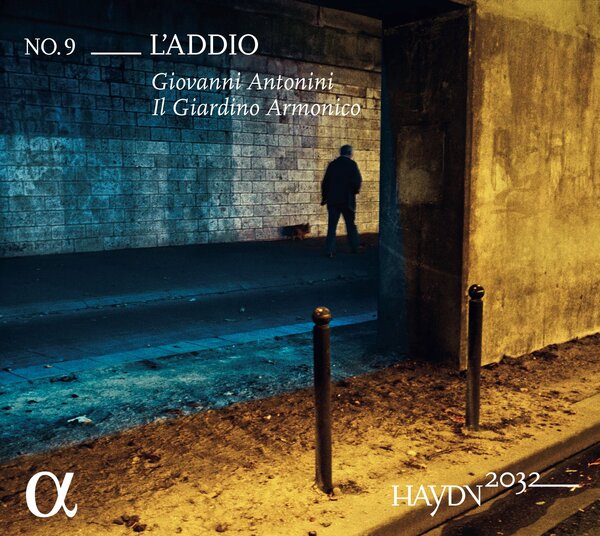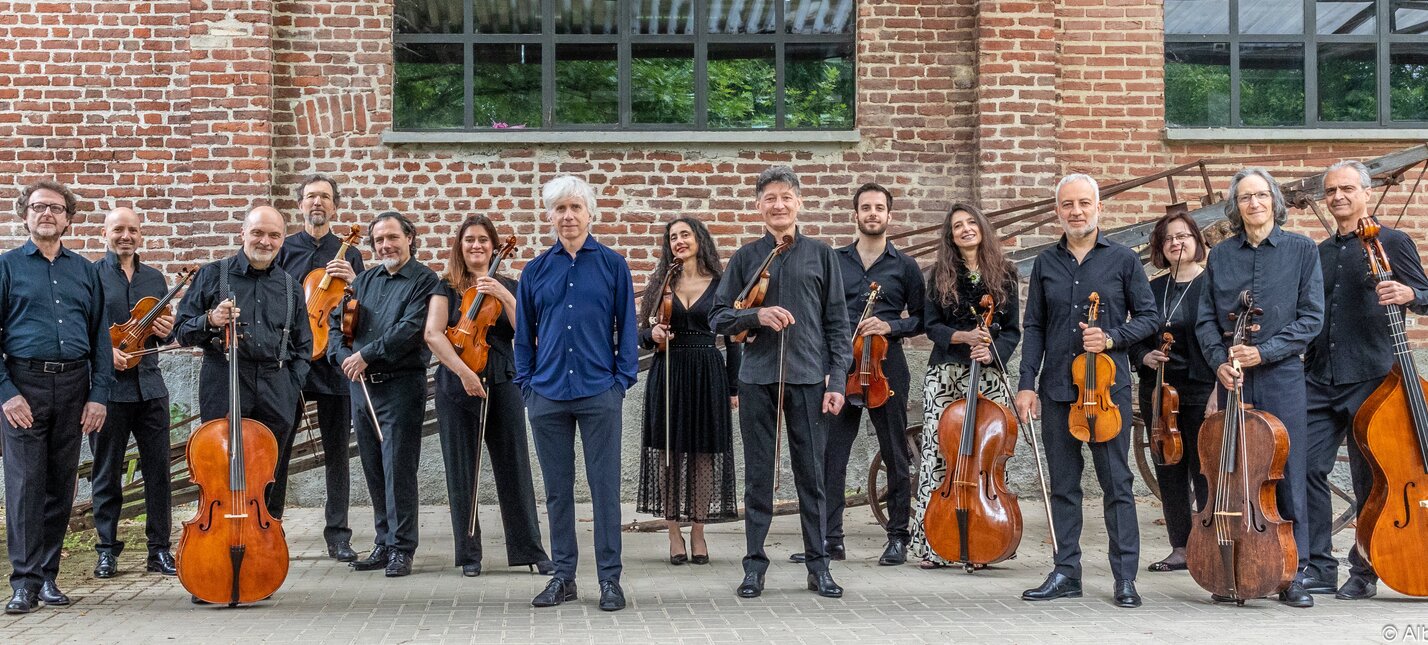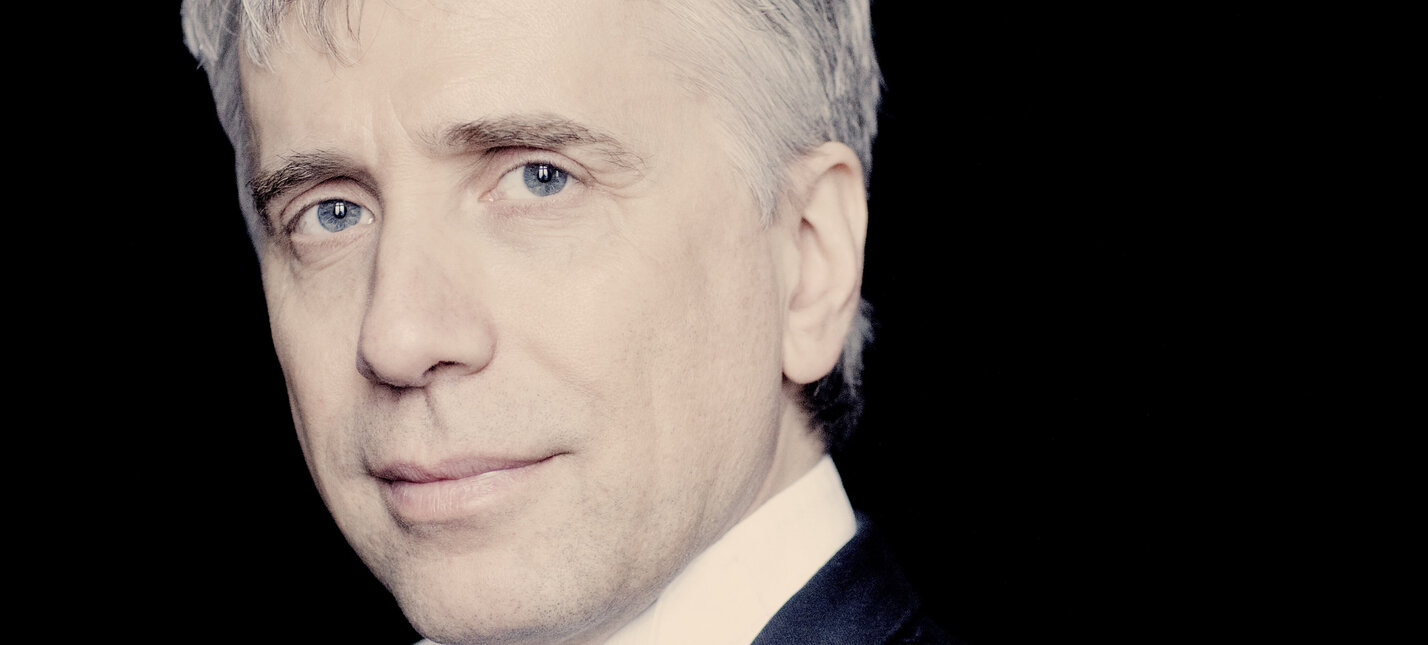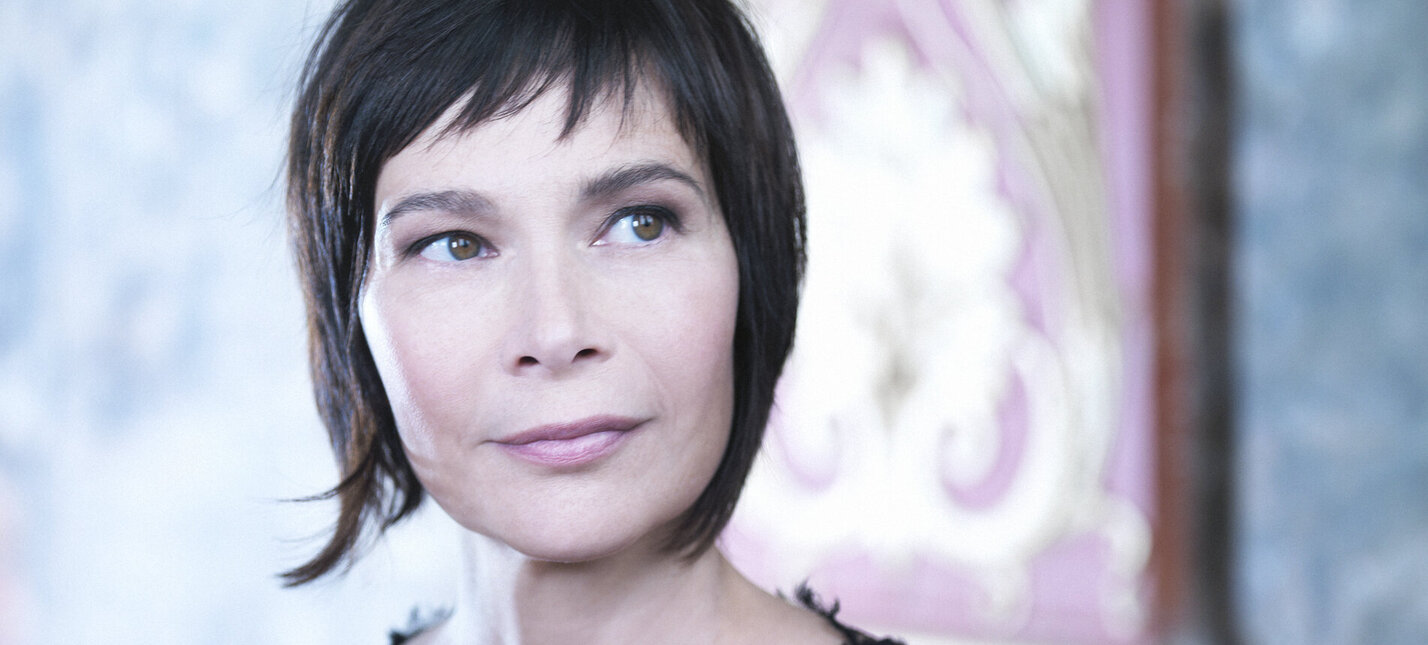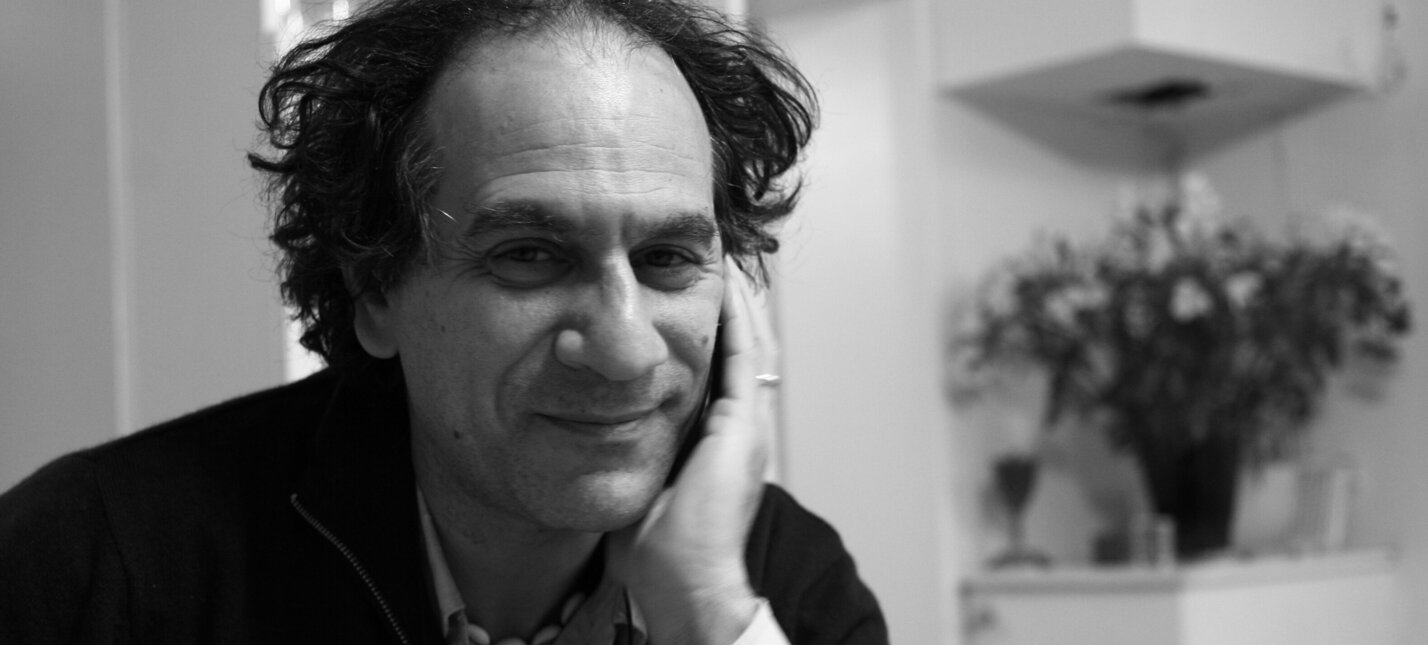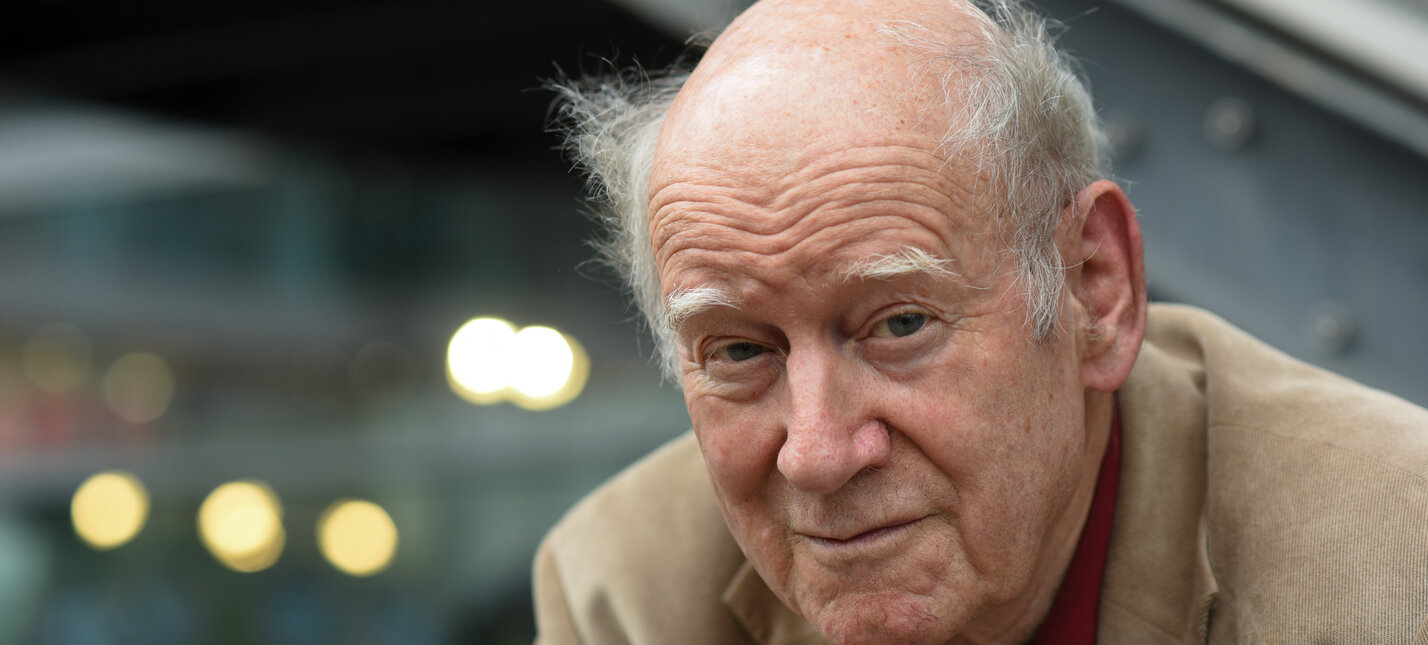NO.9 __L'ADDIO
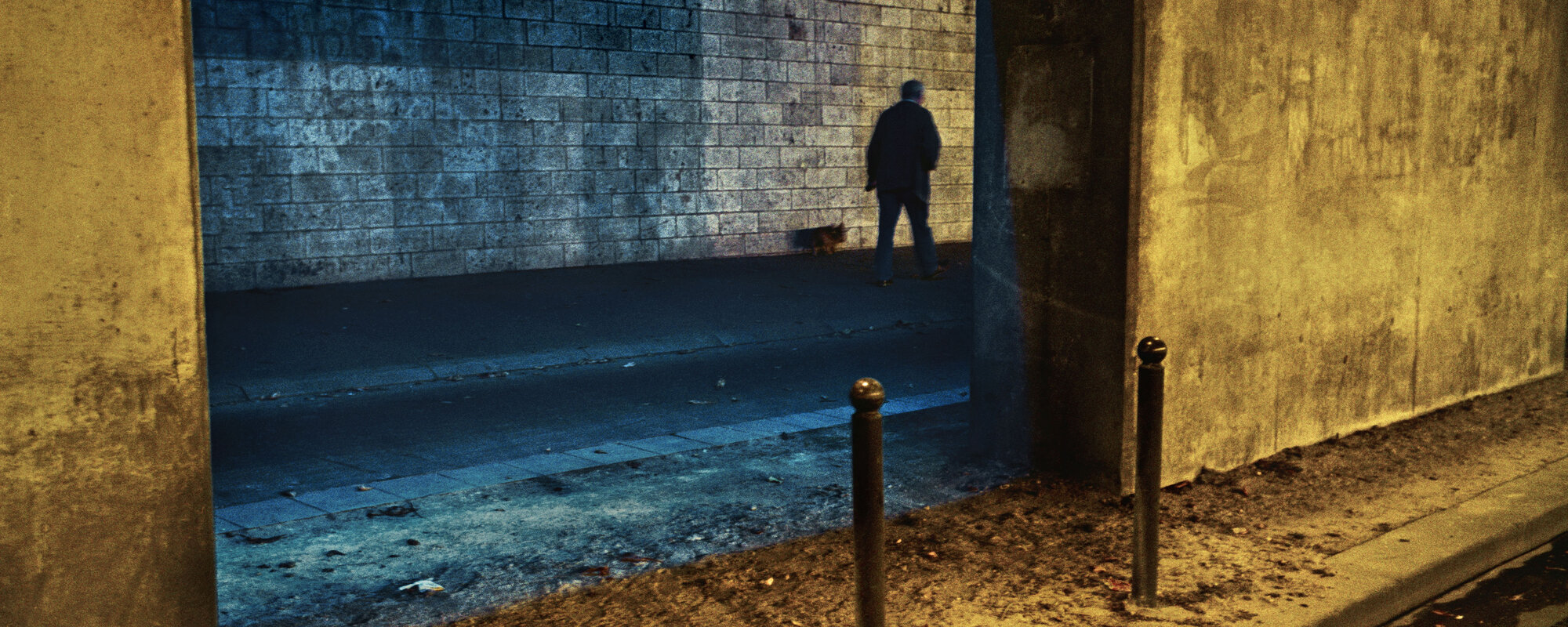
Il Giardino Armonico
Giovanni Antonini, conductor
Sandrine Piau, soprano
Franz Hohler, writer
Patrick Zachmann, photographer
Symphonies No.15, No.35 and No.45 "Farewell"
Joseph Haydn: Scena "Berenice, che fai?"
Program
Franz Joseph Haydn (1732–1809): Symphony No.35 B-flat Major Hob. I:35 (Eisenstadt, 1 December 1767)
Allegro di molto / Andante / Menuet. Un poco allegretto – Trio / Finale. Presto
SYMPHONY NO.35 B FLAT MAJOR HOB. I:35
Time of creation: 1.12.1767
Allegro di molto / Andante / Menuet. Un poco allegretto – Trio / Finale. Presto
by Christian Moritz-Bauer
The autograph of the sinfonia which opens the ninth stage on our itinerary to the jubilee year of 2032 is dated to a precise day: ‘den 1ten 10bris 767’ (i.e. 1 December 1767 according to modern writing conventions). What is the special significance of this date? Did Haydn, who usually dated the manuscripts of his scores only by year, intend to refer to the beginning or more likely the end of his work of composition? As the famous Haydn scholar H. C. Robbins Landon already suspected, this particular First of December was probably the day on which Nicolaus I Esterházy ought to have returned home from a journey to Paris and Versailles – halfway between a pleasure trip and an educational one – on which he had taken with him, among others, Nicolaus Jacoby, the draughtsman of his palace complex near Süttör, known as ‘Eszterháza’, and his Konzertmeister Luigi Tomasini.1 (The fact that he ultimately returned more than two months late is explained by an extended visit to Strasbourg, probably to see the illustrious family of the city’s Prince-Bishop Louis César Constantin de Rohan-Guéméné, and a sojourn of several weeks in the Hessian spa town of Bad Schlangenbad, highly fashionable at the time.) But the party did not include Haydn. He was merely assigned the honour of welcoming his Prince home with a musical performance. In view of this external circumstance, and because the B flat major key of the Symphony Hob. I:35 was generally described in those days as ‘splendid and majestic’ and its music seems to be filled with an eloquent, almost theatrical character, we have made an attempt here at a ‘narrative interpretation’:
The days have grown calm since His Serene Highness left for Paris, seeking final inspiration for the design of his ‘Hungarian Versailles’. But is the day of his homecoming not to dawn very soon? [Over the soft drumming of the string basses, joyful excitement begins to take hold of the music (Allegro di molto).]
The call of a horn resounds from afar, and a retinue of carriages and riders races along the dusty country roads with their deep potholes. The four-in-hand teams are going flat out. A group of children set off in barefoot pursuit of the travelling party (leaping semiquaver figuration), while in the fields and meadows the common people amuse themselves with song and dance. But Eisenstadt is still a long way off, and voices are raised in the halls of the princely palace, expressing their concern in sometimes vehement fashion: will the master return home safe and sound? The entrance of the recapitulation brings new confidence and at the same time delivers the hoped-for signal that commands the opening of the gates. The news spreads like wildfire: the theme of the movement is playfully continued in the dialogue between the violins, and brought to a joyful conclusion with the galloping motif heard at the beginning.
Nicolaus, known as ‘the Magnificent’,2 is back home and – striding through his chambers – is entertained (Andante) by the sounds of a string divertimento. The mood is good, almost too good. He is within a hair’s breadth of daring to take a few small dance steps . . . In the middle of the second of the two formal sections, the music, which at first seemed so quietly cheerful, suddenly takes on melancholy features, but after a few bars that foreshadow the Symphony no.45, it manages to avert these by means of a unison forte passage.
The celebration of the Prince’s return is of course marked by a masked ball, which opens with a minuet (Un poco allegretto) giving prominence to the horns, the avowed favourite instrument of Nicolaus, an enthusiastic huntsman. The company celebrate, dance and make merry until the early hours of the morning. With its fanfare of three successive ascending chords and the intervening sections, now a soft violin duet, now a powerful orchestral tutti (but invariably maintaining the energetic, bouncy character), the Finale (Presto) long continues to resound in everyone’s ears.
1 See H. C. Robbins Landon, Haydn: Chronicle and Works, vol.2: Haydn at Eszterháza, 1766-1790 (London: Thames and Hudson, 1978), p.141.
2 The traditional English translation of ‘der Prachtliebende’, literally ‘the lover of splendour’. (Translator’s note.)
to the shop
Franz Joseph Haydn (1732–1809): Symphony No.15 in D Major
SYMPHONY NO.15 IN D MAJOR (1761)
Time of creation: till 1764 [1761]
Adagio – Presto – Adagio / Menuet – Trio / Andante / Finale. Presto
by Christian Moritz-Bauer
Less than half a year after Prince Nicolaus I Esterhazy began his journey to Paris and Versailles in the autumn of 1767 and granted the leader of his orchestra, Luigi Tomasini, an extension of his stay there,1 Louis-Balthazard de La Chevardière published in the same city a collection of Haydn’s compositions entitled Six Symphonies ou Quatuor[s] Dialogués. Among them was one of the first works that Haydn had written for the Esterházy court orchestra: the Symphony in D major Hob. I:15. But what links this symphony with the theme of ‘L'ADDIO’? Given its outward appearance and the inherent atmosphere of its movements, it may appear to be the ‘cheerful older sister’ of the ‘Farewell’ Symphony, composed some eleven years later, since it too presents a rousing Presto that segues surprisingly into a melodious Adagio striking a more tender note. A further point of contact, if not indeed a kind of ‘prequel to the official reading’ of Symphony no.45, is provided by the Menuet, unusually placed second. Its initially strict rhythmic bearing gradually grows more relaxed and expands into a ‘love duet’ in five-part string texture: a solo viola and a solo cello enter into an intimate ‘tryst’ with the paired violin parts. Together they create a mood that will subsequently dominate the ‘lovely Andante’, of which C. F. Pohl once wrote that its theme ‘dissolves into its individual motifs like a string of pearls in the most nonchalant manner and repeatedly rises . . . to an effective climax’.2 In addition to these delights, the 3/8 Finale also affords special listening pleasure with its remarkable middle section in the minor.
1 See the introduction to Symphony no.35 in B flat major.
2 Carl Ferdinand Pohl, Joseph Haydn. Erster Band. Erste Abtheilung (Berlin: 1875), p.303.
to the shop
Franz Joseph Haydn (1732–1809: Scena «Berenice, che fai?» Hob. XXIVa:10
JOSEPH HAYDN: SCENA «BERENICE, CHE FAI?» Hob. XXIVa:10
by Pietro Metastasio
Towards the end of his second London visit, Haydn wrote the solo cantata ‘Berenice, che fai’ on commission from the Italian soprano Brigida Banti. Its text comes from one of the farewell scenes most frequently set to music in the second half of the eighteenth century, found in Pietro Metastasio’s dramma per musica L’Antigono. The work was premiered at ‘Dr HAYDN’s Night’ on 4 May 1795, which also saw the first performance of the Symphony in D major Hob. I:104, the composer’s last major orchestral work.
Although the Egyptian princess Berenice has been promised in marriage to the Macedonian king Antigonus, she is in love with his son Demetrius. Torn between the emotion of requited love and the duty of loyalty to his father’s interests, Demetrius can find no way out of his awkward predicament and has decided to take his own life. In a succession of recitative, cavatina (interrupted in the middle of a line of verse), recitative and aria, the disconsolate heroine now laments her fate, longing to die at her beloved’s side – states of mind vacillating between madness and love, which Haydn expressed in a manner as dramatic as it is grandiose.
Scena / composta / per la Signora Banti / da me Giuseppe Haydnmpria
[Parole del signor abate Pietro Metastasio]
[Recitativo]
Berenice, che fai? Muore il tuo bene,
stupida, e tu non corri? Oh Dio! Vacilla
l’incerto passo; un gelido mi scuote
insolito tremor tutte le vene,
e a gran pena il suo peso il piè sostiene.
Dove son? Qual confusa
folla d’idee tutte funeste adombra
la mia ragion? Veggo Demetrio: il veggo
che in atto di ferir... Fermati! Vivi!
D’Antigono io sarò. Del core ad onta
volo a giurargli fè: dirò che l’amo;
dirò...
Misera me, s’oscura il giorno,
balena il ciel! L’hanno irritato i miei
meditati spergiuri. Ahimè! Lasciate
ch’io soccorra il mio ben, barbari Dei.
Voi m’impedite, e intanto
forse un colpo improvviso...
Ah, sarete contenti; eccolo ucciso.
Aspetta, anima bella: ombre compagne
a Lete andrem. Se non potei salvarti
potrò fedel... Ma tu mi guardi, e parti?
Cavatina
Non partir, bell’idol mio:
per quell’onda all’altra sponda
voglio anch’io passar con te.
Recitativo
Me infelice! Che fingo? Che ragiono?
Dove rapita sono
dal torrente crudel de’ miei martiri?
Misera Berenice, ah, tu deliri!
Aria
Perché se tanti siete,
che delirar mi fate,
perché non m’uccidete,
affanni del mio cor?
Crescete, oh Dio, crescete
finchè mi porga aita
con togliermi di vita
l’eccesso del dolor.
Scena composed for Signora Banti by me, Joseph Haydn, in my own hand
[Words by the Abbé Pietro Metastasio]
[Recitative]
Berenice, what are you doing? Your beloved is dying,
foolish woman, and you do not run to him? Oh God!
My faltering step hesitates; an icy tremor,
hitherto unknown, runs through all my veins,
and my feet can scarcely bear their burden.
Where am I? What is this confused
host of dismal thoughts that clouds
my reason? I see Demetrius: I see him
in the act of striking . . . Stop! Live on!
I will be Antigonus’ spouse. Against my heart’s desire
I fly to plight my troth to him: I will say that I love him;
I will say . . .
Woe is me! The day grows dark,
lightning flashes across the heavens! They are angered
by my wilful perjuries. Alas! Let me succour
my beloved, cruel gods.
You hinder my steps, and in the meantime,
perhaps an unexpected blow . . .
Ah, now you will be satisfied; behold, he is slain!
Wait, noble soul: together, as shades,
we will journey to Lethe. Though I could not save you,
still, faithful, I will be able to . . . But you gaze upon me, and depart?
Aria
Do not go, fair idol of my heart:
over those waters to the farther shore
I wish to cross with you.
Recitative
Wretch that I am! What am I imagining? What am I saying?
Whither have I been transported
by the cruel torrent of my sufferings?
Hapless Berenice, ah, you are raving!
Aria
Why, if you are so many
that you can drive me mad,
why do you not slay me,
O torments of my heart?
Increase (ah God!), grow ever greater,
until excess of grief
comes to my assistance
by taking my life from me.
to the shop
Franz Joseph Haydn (1732–1809): Symphony No.45 f-sharp Minor «Farewell» Hob. I:45 (Eszterháza, 1772)
Allegro assai / Adagio / Menuet. Allegretto – Trio / Finale. Presto – Adagio
SYMPHONY NO.45 F SHARP MINOR «FAREWELL» HOB. I:45
Time of creation: [2nd half?] 1772
Allegro assai / Adagio / Menuet. Allegretto – Trio / Finale. Presto – Adagio
by Christian Moritz-Bauer
If Joseph Haydn’s Symphony in F sharp minor Hob. I:45, the so-called ‘Farewell Symphony’, has been accorded a prominent position in the history of music, this is due above all (though not exclusively) to the variety and vividness of the anecdotes of its genesis that began to be spun from the early 1780s. Let us jog the reader’s memory by reproducing in extenso one of these, which Haydn later volunteered to his biographer Georg August Griesinger:
Among the members of Prince Esterházy’s orchestra were several lusty young husbands who had to leave their wives behind in Eisenstadt for the summer when the prince was staying at his palace of Eszterháza. On one occasion, contrary to his custom, the Prince wished to extend his stay in Eszterháza by several weeks. The fond husbands, extremely dismayed at this news, turned to Haydn and asked him for advice.
Haydn came up with the idea of writing a symphony . . . in which one instrument after another falls silent. This symphony was performed in the Prince’s presence at the earliest opportunity, and each of the musicians was instructed, as soon as his part was finished, to extinguish his candle, pack up his music, and leave with his instrument under his arm. The Prince and the audience immediately understood the meaning of this pantomime, and the next day the order to leave Eszterháza was given.1
The reason why the musicians of Prince Esterházy’s Kapelle at one time had to leave their wives and children in Eisenstadt and live a lonely existence for months in the middle of the swampy lowlands that surrounded their master’s summer residence, situated to the south-east of Lake Neusiedl, may be found in another contemporary source: ‘Summon all the musicians and tell them in my name that I do not want to see their wives and children in Eszterháza even for twenty-four hours, except for Mmes Haydn, Friberth, Dichtler, Cellini and Tomasini’,2 reads a written instruction sent by Nicolaus I from Vienna to his estates director in Eisenstadt, Peter Ludwig Rahier, on 8 January 1772. Yet this authoritarian, indeed apparently cruel order must have been motivated by entirely practical considerations. There was an acute shortage of living space in the ‘Musikerhaus’ (Musicians’ house), which had been built to accommodate all the personnel employed in the princely musical and theatrical establishments and was still being extended at the time. The situation was further exacerbated by the fact that the company of the actor Carl Wahr, which was expected on 1 May of the same year, had arrived with a roster of seventeen instead of the ‘at least twelve appropriate persons who are skilled actors’3 specified in the contract.
It nevertheless remains questionable whether Haydn’s ‘Farewell’ Symphony was actually intended to persuade Prince Nicolaus to adopt a more considerate attitude towards his orchestral musicians who were suffering from conjugal yearning and homesickness – all the more so in view of the many other versions of the tale that once circulated. Whatever the truth of the matter, we are dealing here with a work of art, in which the musical events as a whole lead up to the famous final tableau of a dissolving orchestra, while following a dramatic structure that has been thought out down to the last detail: a monothematic Allegro brimming with unbridled passion is followed by an Adagio ‘filled with tender, sweet melancholy’4 and a minuet in a ‘remote’ key. The Trio section of that Menuet (Allegretto) quotes a Gregorian Lamentation tone, which the art and cultural historian Thomas Tolley has linked with the Catholic rite of Tenebrae, at which the lights are gradually extinguished in the course of the evening Offices celebrated from Maundy Thursday to Holy Saturday.5
But what was in Haydn’s mind when he set his work down on paper on that cool, windy evening in late October/early November? Was he worried about the reaction of his Prince when he silenced one instrument after another in the Adagio section of the last movement? Did he even feel a touch of moral courage when he thought of the situation of his musicians? ‘Actually,’ says Gerhard J. Winkler, there is ‘no cause to doubt Haydn’s statement’ that ‘the so-called “Farewell Symphony” . . . really was performed in Eszterháza as a pantomime, that is, with the orchestra members making their exit. The somewhat curious anecdote can even serve as an illustration of what was possible in the triangular relationship between Prince, Kapellmeister and orchestra. For, in whichever fashion the Symphony no.45 was really performed in Eszterháza, Prince Nicolaus must have acknowledged and appreciated the demonstration – whether literally pantomimic or merely imaginary – of his orchestra disintegrating before his eyes. Otherwise, he would have had to dismiss Haydn.’6
1 Georg August Griesinger, Biographische Notizen über Joseph Haydn (Leipzig: Breitkopf & Härtel, 1810), p.28f.
2 Quoted from ‘Dokumente aus dem Esterházy-Archiven in Eisenstadt und Forchtenstein, herausgegeben aus dem Nachlass von Janós Hárich II. Kommentar: Else Radant und H. C. Robbins Landon’, in H. C. Robbins Landon, Otto Biba and David Wyn Jones (eds.), Das Haydn Jahrbuch/The Haydn Yearbook, Vol. XIX, 1994, p.43.
3 Ibid., p.44.
4 Walter Lessing, Die Sinfonien von Joseph Haydn, vol. II (Baden-Baden: Südwestfunk, 1988), p.65.
5 Thomas Tolley, Painting the Cannon's Roar. Music, the Visual Arts and the Rise of an Attentive Public in the Age of Haydn, c. 1750 to c. 1810 (Aldershot: Ashgate, 2001), p.86f.
6 Gerhard J. Winkler: ‘“Orchesterpantomime” in den Esterházy-Sinfonien Joseph Haydns’, in Winkler (ed.), Das symphonische Werk Joseph Haydns. Referate des internationalen musikwissenschaftlichen Symposions Eisenstadt, 13.-15. September 1995 (= Wissenschaftliche Arbeiten aus dem Burgenland 103; Eisenstadt: Burgenländisches Landesmuseum, 2000), pp.103-116; quotation from p.113.
to the shop
Line-up
Il Giardino Armonico
Giovanni Antonini, conductor
Sandrine Piau, soprano
- Line-up orchestra
Violins 1 Stefano Barneschi, Fabrizio Haim Cipriani, Carlo Lazzaroni, Ayako Matsunaga, Fabio Ravasi
Violins 2 Liana Mosca, Angelo Calvo, Francesco Colletti, Maria Cristina Vasi
Viola Renato Burchese, Carlo De Martini, Mirjam Töws
Cello Paolo Beschi, Elena Russo
Double bass Giancarlo De Frenza, Stefan Preyer
Flutes Marco Brolli, Eva Oertle
Clarinet Tindaro Capuano, Eduardo Raimundo Beltrá
Oboe Emiliano Rodolfi, Priska Comploi
French horn Johannes Hinterholzer, Edward Deskur
Bassoon Michele Fattori, Giulia Genini
Past concerts
Basel,
Wednesday, 31.10.2018, 19.30 pm
Martinskirche Basel
Haydn Lounge: 18.30 pm, with Giovanni Antonini and Christian Moritz-Bauer
Haydn Reading: 19.00 pm, with Franz Hohler
Concert: 19.30 pm, Haydn Soup during interval
Vienna
Tuesday, 06.11.2018
Musikverein Vienna
Rome
Wednesday, 07.11.2018
Accademia Nazionale di Santa Cecilia, Rome
Biographies
Orchestra
Il Giardino Armonico
Orchestra
Founded in 1985 and conducted by Giovanni Antonini, has been established as one of the world’s leading period instrument ensembles, bringing together musicians from Europe’s relevant music institutions. The ensemble’s repertoire mainly focuses on the 17th and 18th century. Depending on the demands of each program, the group consists of three up to thirty musicians.
Il Giardino Armonico is regularly invited to festivals all over the world performing in the most important concert halls, and has received high acclaim for both concerts and opera productions, like Monteverdi’s L’Orfeo, Vivaldi’s Ottone in Villa Händel’s Agrippina, Il Trionfo del Tempo e del Disinganno, La Resurrezione and finally Giulio Cesare in Egitto with Cecilia Bartoli during the 2012 edition of the Salzburg Whitsun and Summer Festival.
Beside that, Il Giardino Armonico sustains an intense recording activity. After many years as an exclusive group of Teldec Classics achieving several major awards for its recordings of works by Vivaldi and the other 18th century composers, the group had an exclusive agreement with Decca/ L’Oiseau-Lyre recording Händel’s Concerti Grossi Op. VI and the cantata Il Pianto di Maria with Bernarda Fink.
The group also released on Naïve La Casa del Diavolo, Vivaldi cello Concertos with Christophe Coin, and the opera Ottone in Villa winning the Diapason d’Or in 2011. On the label Onyx Vivaldi violin Concertos with Viktoria Mullova.
In 2009 a new cooperation with Cecilia Bartoli led to the project Sacrificium (Decca), Platinum Album in France and Belgium and prized by the Grammy Award.
Again on Decca Alleluia (March 2013) and Händel in Italy (October 2015) with Julia Lezhneva, acclaimed by public and critics.
The group published Serpent & Fire with Anna Prohaska (Alpha Classics – Outhere music group, 2016) winning the ICMA “baroque vocal” in 2017.
The recording of five Mozart Violin Concertos with Isabel Faust (Harmonia Mundi, 2016) stands as the result of the prestigious cooperation with the great violinist.
Il Giardino Armonico is part of the twenty-year project Haydn2032 for which the Haydn Foundation has been created in Basel to support both the recording project of the complete Haydn Symphonies (Alpha Classic) and a series of concerts in various European cities, with thematic programs focused on this fascinating repertoire. In November 2014 the first album titled La Passione has been published and won the Echo Klassik award in 2015. Il Filosofo, issued in 2015, has been “CHOC of the year” by Classica. The third one Solo e Pensoso has been released in August 2016, and the forth Il Distratto in March 2017.
The last volumes of the Haydn2032 project, as well as Telemann (Alpha Classics, November 2016) are available as CD and LP too. Telemann won the Diapason d’Or in January 2017.
Furthermore the ensemble worked with such acclaimed soloists as Giuliano Carmignola, Sol Gabetta, Katia and Marielle Labèque, Viktoria Mullova, and Giovanni Sollima.
Conductor
Giovanni Antonini
Conductor
Born in Milan, Giovanni studied at the Civica Scuola di Musica and at the Centre de Musique Ancienne in Geneva. He is a founder member of the Baroque ensemble “Il Giardino Armonico”, which he has led since 1989. With this ensemble, he has appeared as conductor and soloist on the recorder and Baroque transverse flute in Europe, United States, Canada, South America, Australia, Japan and Malaysia. He is Artistic Director of Wratislavia Cantans Festival in Poland and Principal Guest Conductor of Mozarteum Orchester and Kammerorchester Basel.
He has performed with many prestigious artists including Cecilia Bartoli, Kristian Bezuidenhout, Giuliano Carmignola, Isabelle Faust, Sol Gabetta, Sumi Jo, Viktoria Mullova, Katia and Marielle Labèque, Emmanuel Pahud and Giovanni Sollima. Renowned for his refined and innovative interpretation of the classical and baroque repertoire, Antonini is also a regular guest with Berliner Philharmoniker, Concertgebouworkest, Tonhalle Orchester, Mozarteum Orchester, Leipzig Gewandhausorchester, London Symphony Orchestra and Chicago Symphony Orchestra.
His opera productions have included Handel’s Giulio Cesare and Bellini’s Norma with Cecilia Bartoli at Salzburg Festival. In 2018 he conducted Orlando at Theater an der Wien and returned to Opernhaus Zurich for Idomeneo. In the 21/22 season he will guest conduct the Konzerthaus Orchester Berlin, Stavanger Symphony, Anima Eterna Bruges and the Symphonieorchester de Bayerischer Rundfunks. He will also direct Cavalieri’s opera Rappresentatione di Anima, et di Corpo for Theatre an der Wien and a ballet production of Haydn’s Die Jahreszeiten for Wiener Staatsballett with the Wiener Philharmoniker.
With Il Giardino Armonico, Giovanni has recorded numerous CDs of instrumental works by Vivaldi, J.S. Bach (Brandenburg Concertos), Biber and Locke for Teldec. With Naïve he recorded Vivaldi’s opera Ottone in Villa, and, with Il Giardino Armonico for Decca, has recorded Alleluia with Julia Lezhneva and La morte della Ragione, collections of sixteenth and seventeenth century instrumental music. With Kammerorchester Basel he has recorded the complete Beethoven Symphonies for Sony Classical and a disc of flute concertos with Emmanuel Pahud entitled Revolution for Warner Classics. In 2013 he conducted a recording of Bellini’s Norma for Decca in collaboration with Orchestra La Scintilla.
Antonini is artistic director of the Haydn 2032 project, created to realise a vision to record and perform with Il Giardino Armonico and Kammerorchester Basel, the complete symphonies of Joseph Haydn by the 300th anniversary of the composer’s birth. The first 12 volumes have been released on the Alpha Classics label with two further volumes planned for release every year.
Soprano
Sandrine Piau
Soprano
A renowned figure in the world of Baroque music, Sandrine Piau regularly performs with conductors such as William Christie, Ren. Jacobs, Philippe Herreweghe, Christophe Rousset and Ivor Bolton. She has sung the roles of Cleopatra (Giulio Cesare), the title role in Alcina, Pamina (Die Zauberflöte), Mélisande (Pelléas et Mélisande) and Soeur Constance (Dialogues des Carmélites).
She has appeared at leading opera houses including the Paris Opéra, La Monnaie Brussels and the Dutch National Opera, as well as the Salzburg and Aix-en-Provence festivals.
A celebrated recitalist, she performs with renowned accompanists including Jos van Immerseel and Roger Vignoles.
With an extensive discography, Sandrine Piau now records exclusively for Alpha Classics. Her first collaboration, Chimère, recorded with Susan Manoff, was awarded the Diapason d’Or and Gramophone Editor’s Choice.
She was awarded the title of Chevalier de l’Ordre des Arts et des Lettres in 2006 and was named ‘Lyrical Artist of the Year’ at the Victoires de la Musique Classique in 2009.
Videos
Recordings
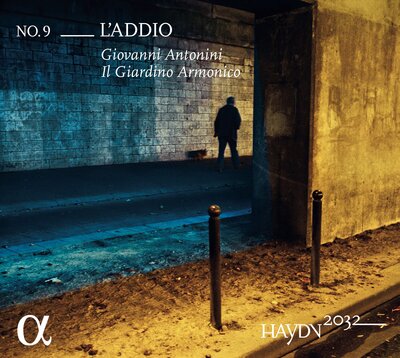
VOL. 9 _L'ADDIO
CD
Giovanni Antonini, Il Giardino Armonico, Sandrine Piau
Symphonies No.15, No.35, No.45 "Farewell"
Scena "Berenice, che fai?"
Available at:
Bider&Tanner, Basel
Outhere Music
Download / Stream
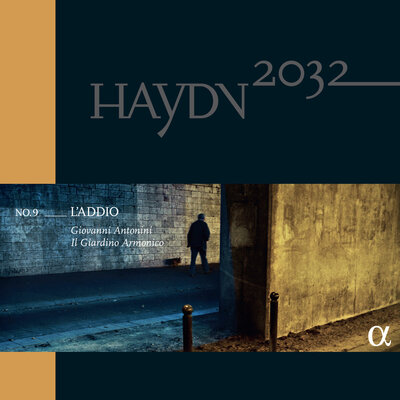
Released 8 sept 2023
VOL. 9_L'ADDIO
Vinyl-LP with book (download code CD included)
Giovanni Antonini, Il Giardino Armonico, Sandrine Piau
Symphonies No.15, No.35, No.45 "Farewell"
Scena "Berenice, che fai?"
Essay "Farewell" of Franz Hohler
Available at:
Bider&Tanner, Basel
Outhere Music
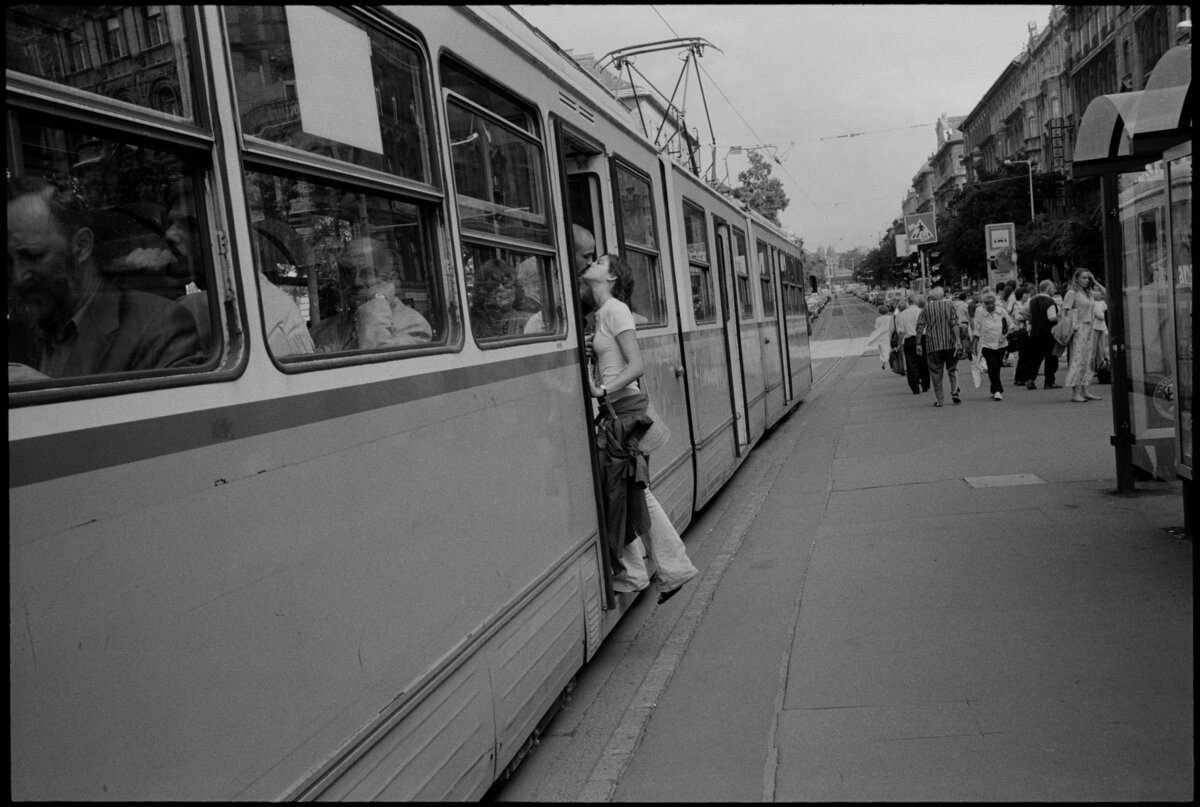
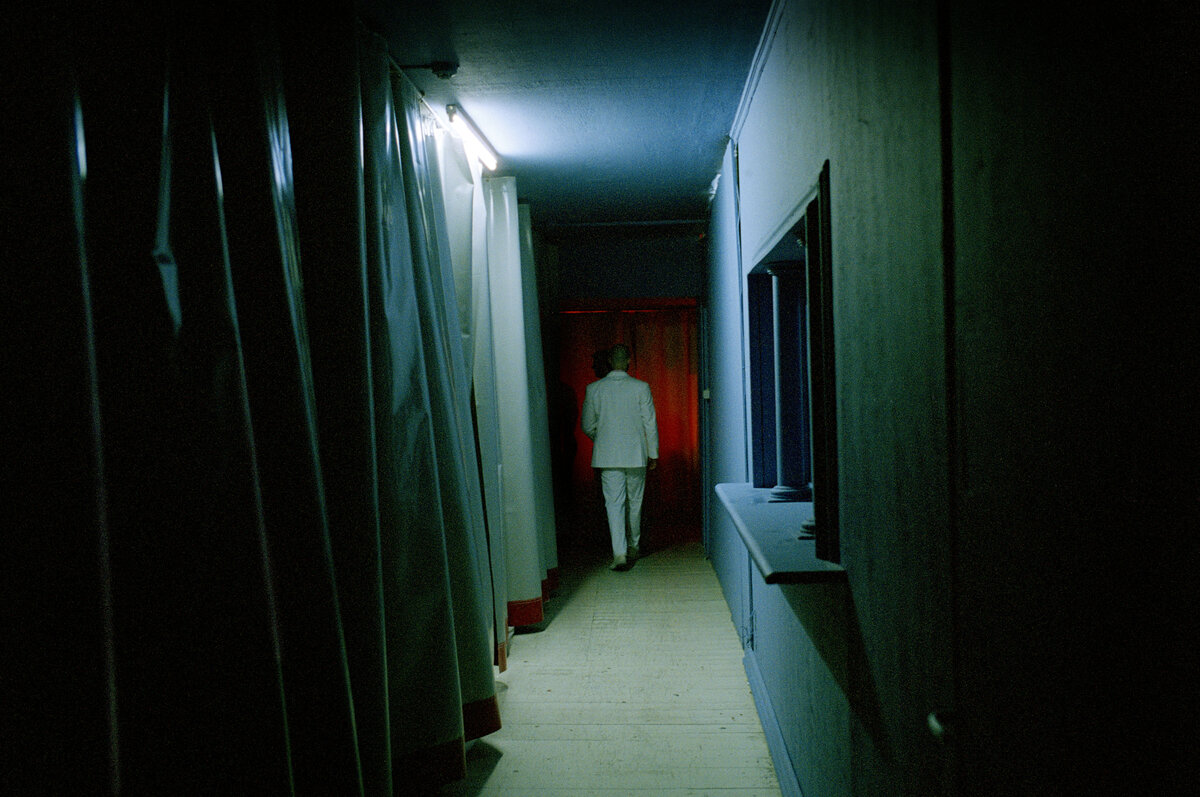
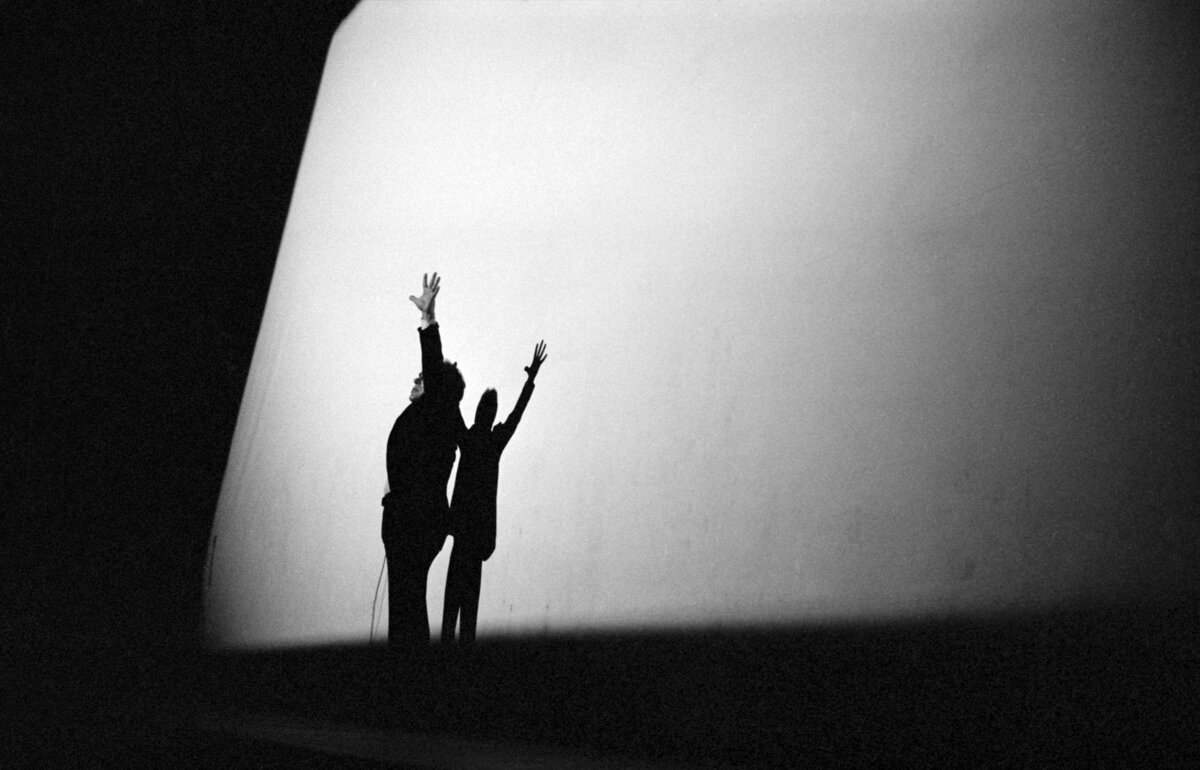
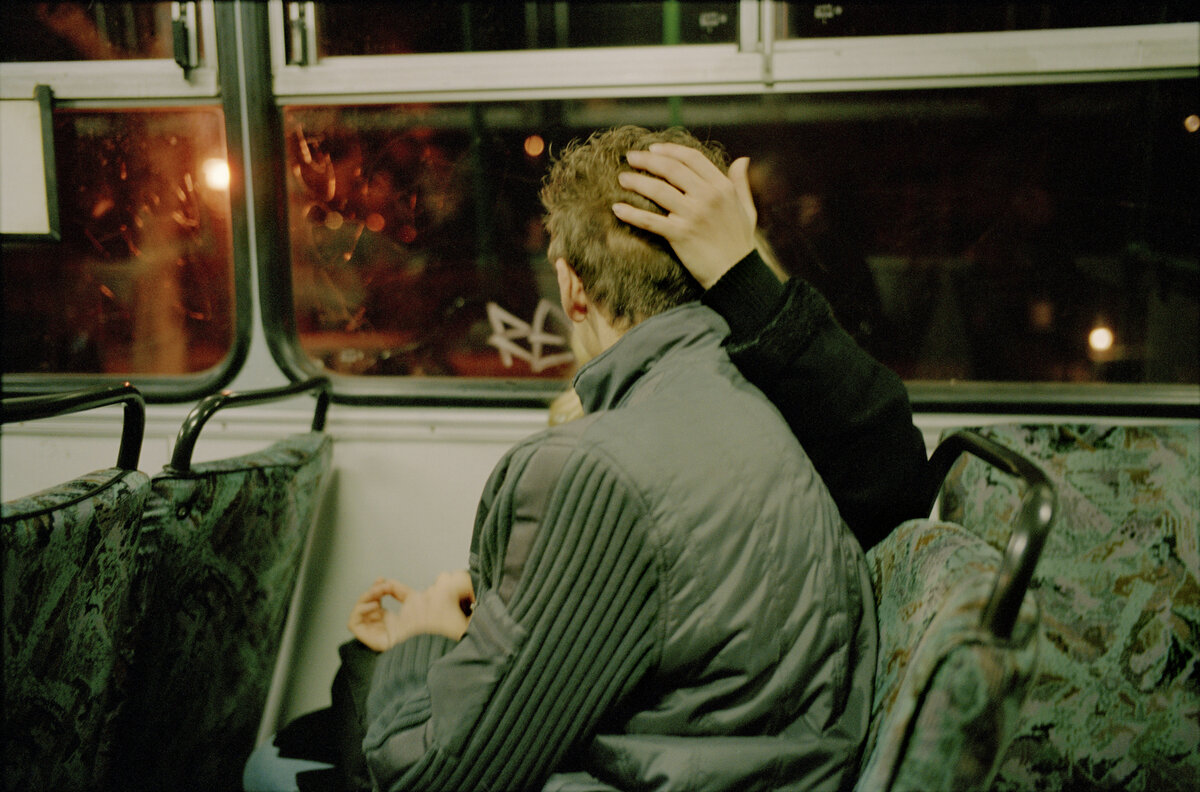
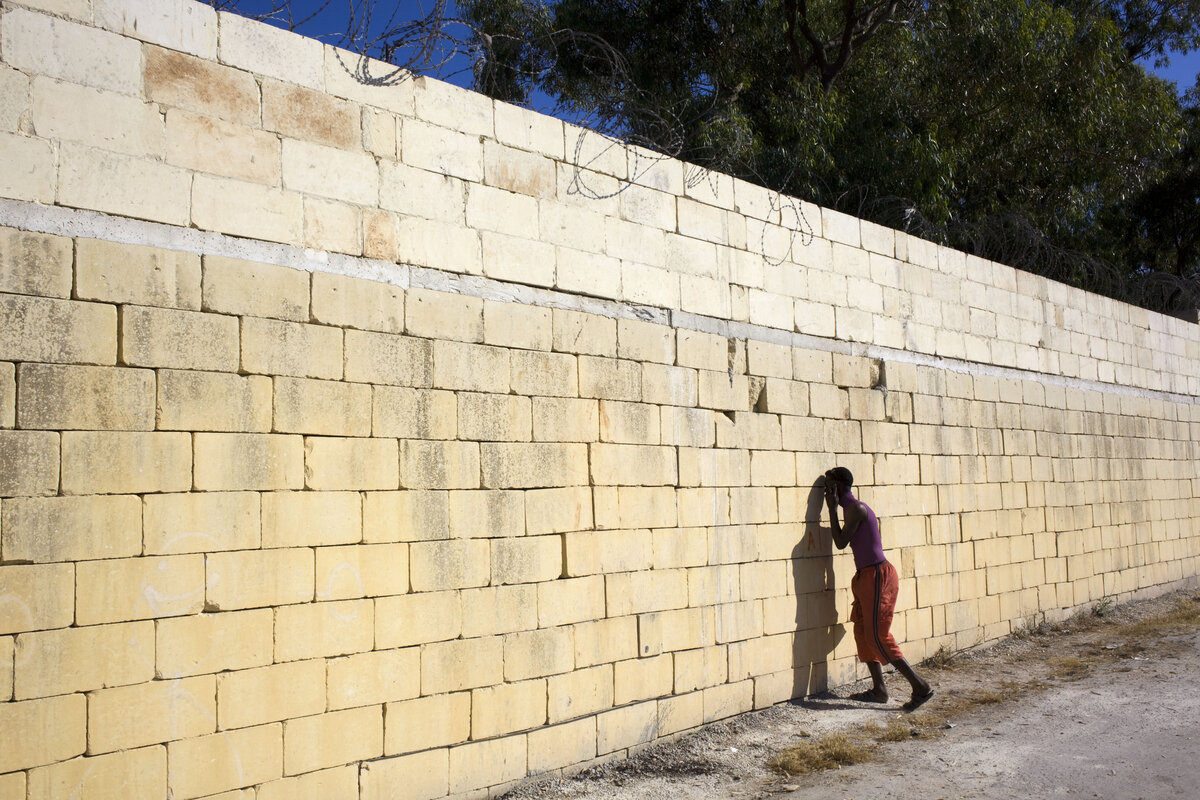
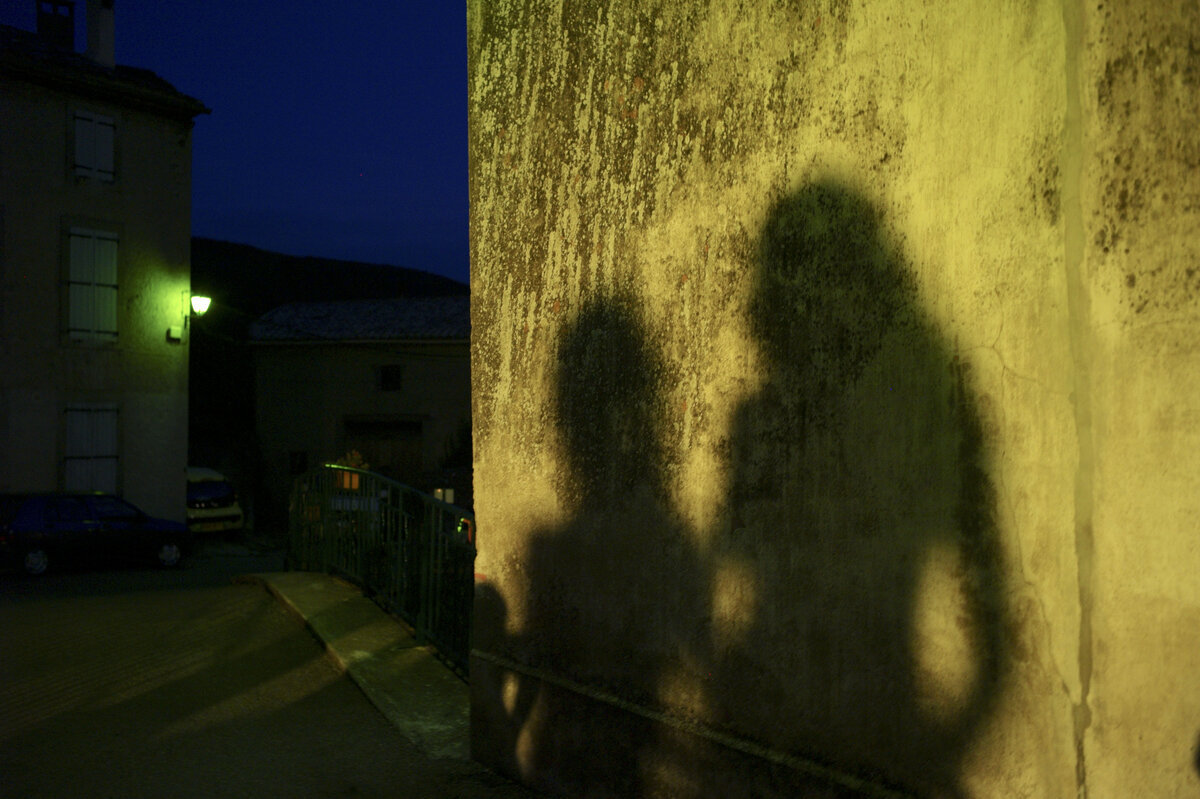
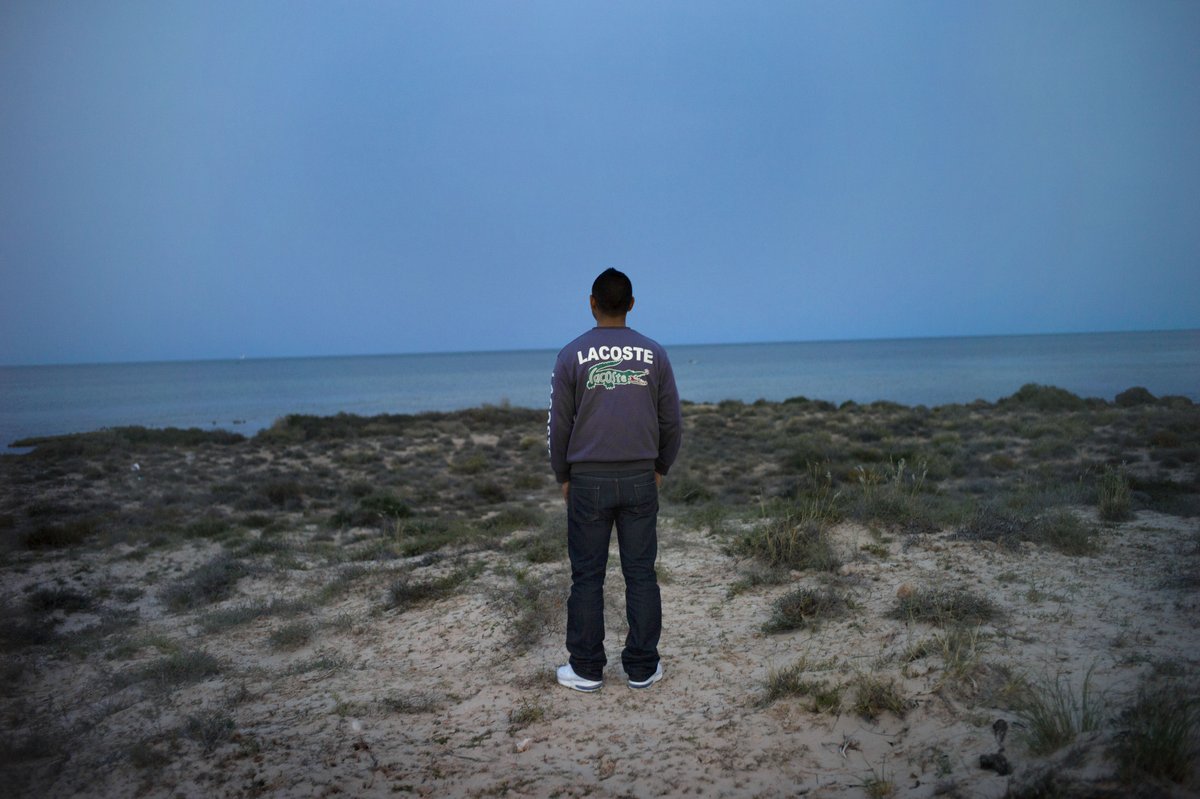


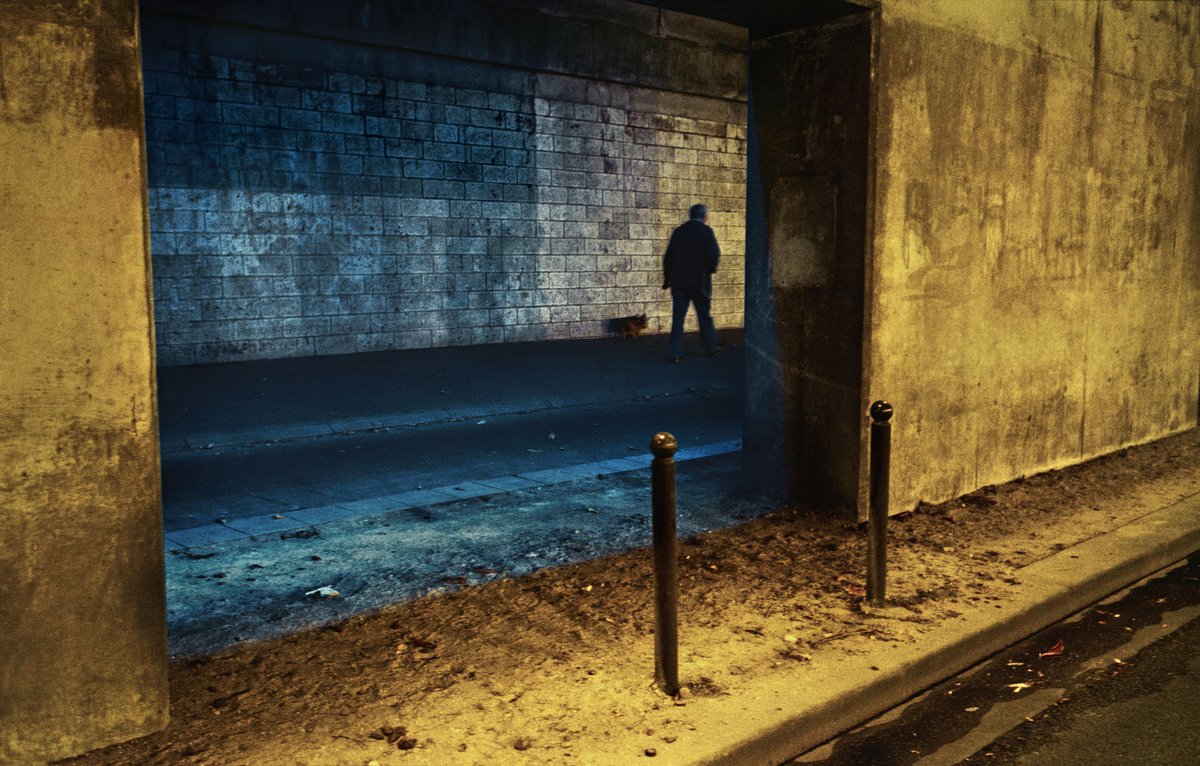
Patrick Zachmann / Magnum Photos
Biography
Fotograf, Magnum Photos
Patrick Zachmann
Fotograf, Magnum Photos
Patrick Zachmann is a French photographer, born in Choisy-le-Roi, in 1955. He has been a freelance photographer since 1976 and joined Magnum Photos in 1985. His immersive and strikingly beautiful photography has allowed him to explore, over the span of forty years, the themes of cultural identity, memory and immigration in a number of detailed and touching projects. He has documented the Chinese Diaspora, Jewish identity and the plight of migrants in Marseille, all the while pushing himself to subvert his ‘style’ by working with both analogue and digital, color and black and white, and using multimedia formats. In almost all of his work, we feel a deep connection with his subjects, which Patrick Zachmann carefully cultivates.
He has also worked on a project covering illegal immigration in Europe and recently has been documenting the extensive renovation work at Notre-Dame. His work from this project has been published in TIME, Stern, Le Figaro, Le Monde, Libération, L’Obs, De Standaard and others.
Shaking his head, the valet opened the large cherry-wood armoire, a piece of furniture that Haydn had brought with him when he relocated from Esterháza Palace, took out the robe of the First Court Musician and left the room. Where was he off to? murmured Haydn. The valet replied that he was going outside to beat and brush the suit so that his master would not be disturbed by the dust.
‘And then send for the carriage straight away!’ Haydn called after him, merrily dunking the kipferl in his tea.
‘How do I look?’ he asked a little later as he stood before the mirror with a powdered wig perched on his head and the sword hanging from his uniform, turning with a slight bounce on his heel.
‘Papa looks magnificent,’ said Elssler, who still could not grasp what was going through his master’s mind.
Excerpt from the essay "Farewell" by Franz Hohler
The essay "Farewell" (in english) by Franz Hohler was published in the vinyl edition vol. 9.
(We are sorry.... the following content is only available in german)
«Drei Fragen zu Haydn» an Franz Hohler
Franz Hohler vorzustellen, mag unsere Schweizer Leser anmuten, als wollte man den bekannten Käse ins Emmental tragen. Dem Rest der Welt sei immerhin verraten, dass der in Biel geborene und seit 1963 in Zürich lebende Schriftsteller und Kabarettist auch als Liedermacher tätig, also musikalisch einschlägig vorbelastet ist – wobei er sich allerdings nicht auf der Gitarre, sondern auf dem Cello zu begleiten pflegt. Der Titel seines ersten literarisch-musikalischen Soloprogramms (1965) lautete übrigens pizzicato, bezieht sich also auf jene zupfende Spieltechnik von Streichinstrumenten, mit der Haydn einige seiner schönsten Effekte erzielt hat.
Haben Sie ein Lieblingswerk von Haydn – und wenn ja, welches?
Das Lerchenquartett (Op.64 Nr.5). Ich habe es in meiner Jugend zusammen mit meiner Mutter und ihren Mitmusikerinnen gespielt, und als ich kürzlich eingeladen wurde, in einem Streichquartett mitzumachen, war es das erste Stück, das wir spielten. In den fast sechzig Jahren, die dazwischen lagen, habe ich es nie gehört.
Wenn Sie Joseph Haydn begegnen könnten, was würden Sie ihm gerne sagen?
Als ich meiner 5-jährigen Enkelin sagte, ich hätte heute mit drei andern zusammen ein Stück von einem Komponisten gespielt, der vor 300 Jahren geboren sei, fragte sie erstaunt: «Und dä läbt immer no?» Ich glaube, diese Geschichte würde Haydn gefallen.
Einer der berühmtesten Aussprüche Haydns lautet bekanntlich: «Meine Sprache verstehet man durch die ganze Welt». Was bedeutet für Sie als Schriftsteller die «Sprache» der Musik im Vergleich zur Wort-Sprache?
Ich beneide alle Musiker und Musikerinnen um ihre Weltsprache. Als Schriftsteller, der durch die ganze Welt verstanden werden will, muss man übersetzt werden. Dazu braucht es nebst Erfolg in der eigenen Sprache Verlage in den andern Sprachen, die sich für einen interessieren, und gute Übersetzerinnen und Übersetzer, denen es gelingt, den Sprachfluss und die Stimmung des Originals angemessen wiederzugeben. Natürlich freue ich mich, wenn ich ein Buch von mir in fremden Schriftzeichen bekomme, aber eigentlich habe ich das Gefühl, das könne ich nicht geschrieben haben.
Biography
Writer
Franz Hohler
Writer
Franz Hohler was born in Biel, Switzerland, in 1943 and studied German Literature in Zürich. He is one of the best known writers of Switzerland. His many short stories, novels, poems and plays have won a lot of prizes, amongst them "Kasseler Literaturpreis für grotesken Humor" (2002), "Kunstpreis der Stadt Zürich" (2005), "Solothurner Literaturpreis" (2013), Alice Salomon Poetik Preis Berlin (2014) and „Johann Peter Hebel-Preis“ (2014).
His books for both adults and children have been translated into 30 languages.










